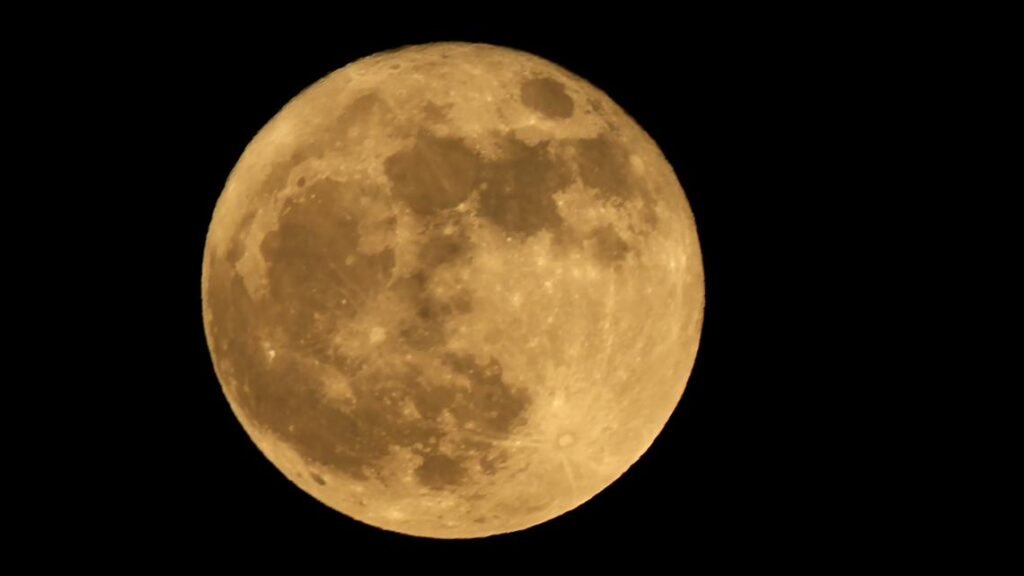June’s strawberry moon will appear larger and brighter than usual.
WASHINGTON — The first full moon of the official summer season will rise early Wednesday, giving stargazers a sweet glimpse of June’s strawberry moon.
Despite its name, you shouldn’t expect the moon to visually look pink or red in color as it rises above the horizon Wednesday night.
The moon will appear full for about three days, from Tuesday through the morning of Friday, June 12, according to NASA.
June’s full moon is the first since the beginning of meteorological summer.
When will the full strawberry moon rise?
June’s full moon will begin to rise on Tuesday around sunset. It will reach peak illumination at 3:43 a.m. on Wednesday.
Why is it called a strawberry moon?
Each full moon has a set of nicknames, popularized by farmer’s almanacs and connected to the seasons when they take place.
For example, May’s flower moon got its name because it reflects the abundant blooming across North America during May, according to the Old Farmer’s Almanac.
NASA says such almanacs attribute the June “strawberry moon” to the Algonquin tribes of what is now the northeastern U.S. The name refers the time of year when fresh berries are harvested. Europeans have dubbed it the rose moon, while other cultures named it the hot moon for the beginning of the summer heat, according to Royal Museums Greenwich.
Despite its fruity nickname, the moon will appear its usual silvery-white. But it will look larger and brighter than usual.
What’s the difference between the strawberry moon and a blood moon?
Simply put: the blood moon appears red, and the strawberry moon doesn’t.
The blood moon is a much rarer occurrence than the annual strawberry moon. It’s only visible during a total lunar eclipse, when the Earth lines up between the moon and sun, according to NASA.
The strawberry moon is June’s usual full moon, something that happens every month or so.
If the moon appears a red or pink color when an eclipse is not occurring, it could be caused by wildfire smoke or other factors.
Why is the moon so big in June?
NASA says it will be the lowest full moon of the calendar year. It’s low position in the sky gives the moon a larger appearance, a term known as the “Moon Illusion.”
NASA’s interactive map for observing the Moon each day of the year shows the strawberry moon will actually be a few thousand miles closer to Earth during the full moon phase.
Last year, the moon came after the summer solstice (or the longest day of the year), which is set for Friday, June 20.
How often does a full moon happen?
The most common answer to this question is 28 days, but that’s not actually correct. A full moon happens roughly every 29.5 days, according to NASA.
Technically, it takes 27.3 days for the moon to complete an orbit around the earth. But because both are spinning around the sun, the moon has changed position enough that the sun hits it at a different angle on day 27 than day 0. It takes another two days for the sun’s light to hit the moon exactly like it did on day 0.
Usually, this means there’s one full moon every month. But occasionally, the timing can work out so that there’s a full moon at the beginning of the month and one at the end. That second full moon is known as a blue moon.
When is the next full moon?
Stargazers need not wait long for the next celestial showcase. Following Wednesday’s display, the “Buck Moon” will appear in the sky July 11, named because the antlers of male deer (bucks) are in full-growth mode at this time, according to the Old Farmer’s Almanac.
